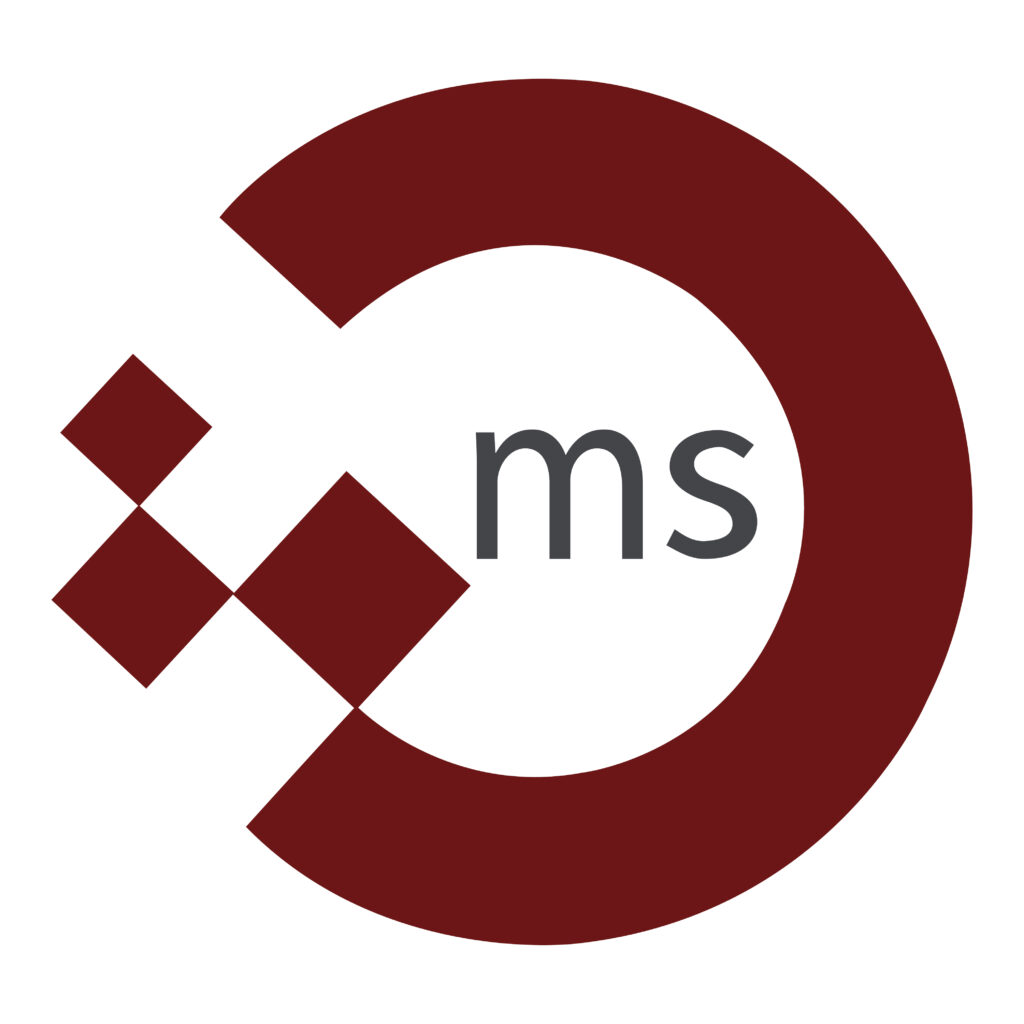
Interim CIO: Dr. Claus Michael Sattler
From theory to practice: RAMI 4.0 as a guide for digital transformation

In the rapidly developing world of Industry 4.0, the Reference Architecture Model Industry 4.0 (RAMI 4.0) stands as a beacon that shows companies the way to the digital future. As a signpost, RAMI 4.0 not only provides a theoretical basis, but also practical approaches for implementing the digital transformation. Let’s explore together how this model supports companies on their journey into the world of intelligent production.
The importance of RAMI 4.0 as a signpost
RAMI 4.0 is more than just an abstract concept. It is a three-dimensional model that presents the complex interrelationships of Industry 4.0 in an understandable form [source: 1]. As a guide, RAMI 4.0 helps companies to understand and categorize the various aspects of digital transformation. It provides a common language and a uniform understanding for everyone involved, from engineers to managers and IT specialists [source: 2].
The three dimensions of RAMI 4.0
RAMI 4.0 as a guide structures the digital transformation in three dimensions:
- Product life cycle: from development to production and recycling
- Hierarchy levels: From the component to systems and companies to the networked environment
- Informational levels: From circuitry to data and information to function and business model [Source: 4]
This structure enables companies to precisely locate and plan every aspect of their digital transformation.
Practical application of RAMI 4.0
RAMI 4.0 is used as a signpost in various areas of industrial production:
Digitization of existing systems
Many companies are faced with the challenge of digitizing existing production facilities. RAMI 4.0 offers a structured approach here:
- Inventory: classification of existing systems in the RAMI 4.0 matrix
- Gap analysis: Identification of areas that need to be digitized
- Roadmap development: Creation of a step-by-step plan for digitalization
Development of new products and business models
RAMI 4.0 as a guide also supports companies in the development of innovative products and business models:
- Brainstorming: Using the RAMI 4.0 structure to identify new opportunities
- Concept development: integration of new ideas into the RAMI 4.0 model to check completeness and consistency
- Implementation planning: using the RAMI 4.0 dimensions for structured implementation planning
Integration of IT and OT
One of the biggest challenges of Industry 4.0 is the integration of information technology (IT) and operational technology (OT). RAMI 4.0 offers a holistic approach as a guide:
- Common language: RAMI 4.0 creates a common understanding between IT and OT experts
- Interface definition: Use of the RAMI 4.0 structure to clearly define interfaces between IT and OT
- Integration planning: step-by-step integration of IT and OT along the RAMI 4.0 dimensions
The “TOP 100 INTERIM” award is an exclusive seal of quality awarded by the BVMID (Bundesvereinigung Mittelstand in Deutschland) in cooperation with renowned interim management agencies [source: 2]. This award is part of an innovative initiative that aims to promote the connection between quality-assured interim managers and companies, especially in light of the acute shortage of skilled workers [source: 2].
The administration tray as a practical tool
A central concept within RAMI 4.0 is the asset administration shell. It serves as a digital image of a physical asset and enables its integration into the digital world of Industry 4.0 [source: 1]. In practice, the asset administration shell can be used in various ways:
- Digital twin: creating virtual representations of machines and systems
- Predictive maintenance: using the asset administration shell to predict maintenance requirements
- Flexibilization of production: Use of the asset administration shell for dynamic adaptation of production processes
Challenges and solutions
Despite the many advantages, companies face a number of challenges when using RAMI 4.0 as a guide:
- Complexity: The complexity of RAMI 4.0 can be overwhelming at first.
Solution: Gradual introduction and focus on relevant aspects - Investment costs: The implementation of RAMI 4.0 concepts often requires considerable investment.
Solution: Prioritization of projects with rapid ROI and gradual implementation - Employee qualifications: RAMI 4.0 requires new skills and abilities.
Solution: Targeted training and further education programs
International perspective
RAMI 4.0 has also gained in importance internationally as a guidepost. Successful mappings have been carried out with other reference architectures, such as the Industrial Internet Reference Architecture (IIRA) from the USA [source: 1]. This promotes global interoperability and facilitates international collaboration in Industry 4.0.
Future prospects
The development of RAMI 4.0 as a signpost is an ongoing process. Future trends include:
- Increased AI integration: Artificial intelligence will play an increasingly important role in the implementation of RAMI 4.0 concepts.
- Sustainability aspects: RAMI 4.0 will increasingly be expanded to include aspects of sustainability and the circular economy.
- Expansion to new sectors: The RAMI 4.0 concept will be extended to other industries and service sectors.
Conclusion
As a guide, RAMI 4.0 offers companies a structured and holistic approach to digital transformation. It not only creates a common understanding of the complex interrelationships of Industry 4.0, but also provides practical tools for its implementation. By applying RAMI 4.0, companies can strengthen their competitiveness, develop new business models and position themselves successfully for the future of industrial production.
The journey into the world of Industry 4.0 may be challenging, but with RAMI 4.0 as a guide, companies have a reliable compass at their side. It is now up to the companies themselves to use this powerful tool and take full advantage of the opportunities offered by digital transformation.
Sources
- https://www.plattform-i40.de/IP/Redaktion/DE/Downloads/Publikation/rami40-eine-einfuehrung.pdf?__blob=publicationFile&v=7
- https://opdenhoff.com/rami-4-0/
- https://www.zvei.org/presse-medien/publikationen/statusreport-rami-40
- https://www.wirtschaft-digital-bw.de/themen/standards/referenzarchitektur-industrie-40
- https://industry-science.com/artikel/the-digital-twin-theory-eine-neue-sicht-auf-ein-modewort/
- https://www.sci40.com/german/themenfelder/rami-4-0/